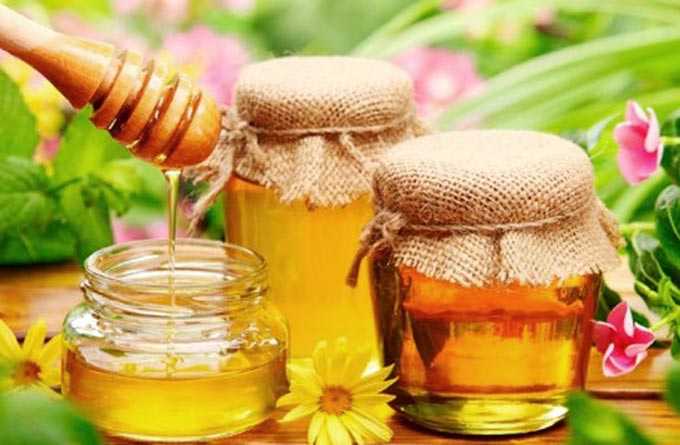Cucumber herb is a honey plant belonging to the annual plants of the borage family. Another name under which the herb is found in the thematic literature is borage, borage.
Differs in long flowering. Attracts bees, being a good source of pollen and nectar.
The content of the article
- 1 Value for apiaries
- 1.1 Appearance
- 2 Agrotechnics
- 3 Honey productivity
- 4 Useful Properties
Value for apiaries
The honey plant is found throughout southern Europe, grows in northern Africa and South America. More often it can be found in a wild state – like a borage weed willingly grows in abandoned personal plots, the outskirts of vegetable gardens, near human habitation.
In beekeeping, the planting of borage (borage) is practiced in the adjacent territories.
Its young foliage with shoots is used as an additive to salads and first courses. The herb has a refreshing, pleasant taste like real cucumbers. Flowers are part of the recipe for industrial liqueurs, punches, and beer.
Appearance
The plant is distinguished by tough, dense hairs, abundantly covering the entire branched stem, leaves, and buds. Planted in the garden as an ornamental culture, it looks unusual and quite beautiful, especially during the flowering period. Height from 50 to 80 centimeters.
The lower leaves are located on the petioles, and the upper ones take a sessile shape, enveloping the branches at their base.
The blue flowers of the honey plant are collected in whimsical curls. Unopened buds are pinkish in color. This color remains at the very beginning of flowering.
Inflorescences bloom in mid-summer and bloom until early September. If you specially cut off the opened curls, the plant will bloom again, and the flowering time will increase by another 2-3 weeks.
Agrotechnics
Seeds of cucumber grass can be sown in autumn or early spring, preferably 2-3 times in order to increase the period of active flowering.
Sowing is done in a wide-row or narrow-row method. Depending on this, the consumption of sowing material ranges from 10 to 30 kilograms per hectare of area.
After the appearance of the first shoots, the plantations are thinned out, leaving 35-40 cm free in rows between neighboring plants. This crop branches strongly during the growing season!
The first inflorescences appear 50-60 days after sowing in open ground.
Honey productivity
The grass attracts flying bees even during the linden blossom season! Insects work on borage flowers throughout the day. Before fertilization, the honey plant secretes nectar and pollen well. By the end of flowering, honey productivity decreases markedly.
Cucumber melliferous plant provides bribes from 110 to 200-450 kilograms of honey from each hectare of plantations.
The nectar of the herb is practically colorless, highly transparent, and has almost no aroma. The honey is not very sweet, with a subtle exquisite smell. It is similar in color to the acacia variety. It crystallizes very slowly and almost does not lose its original transparency.
Useful Properties
According to the recipes of traditional medicine, borage honey is shown:
- with vitamin deficiencies and metabolic disorders (nectar contains essential oils, vitamins, mineral salts);
- in the treatment of colds, as a diaphoretic;
- to calm the nervous system during stress and insomnia;
- for the healing of wounds and abscesses on the skin;
- as a component of dietary nutrition (the plant and its nectar have a beneficial effect on the functioning of the kidneys, liver, gallbladder).
For rheumatism with the addition of borage honey, compresses and applications are made on sore spots. Also, this variety can be used for cosmetic procedures and as a vitamin food supplement to the daily diet.
